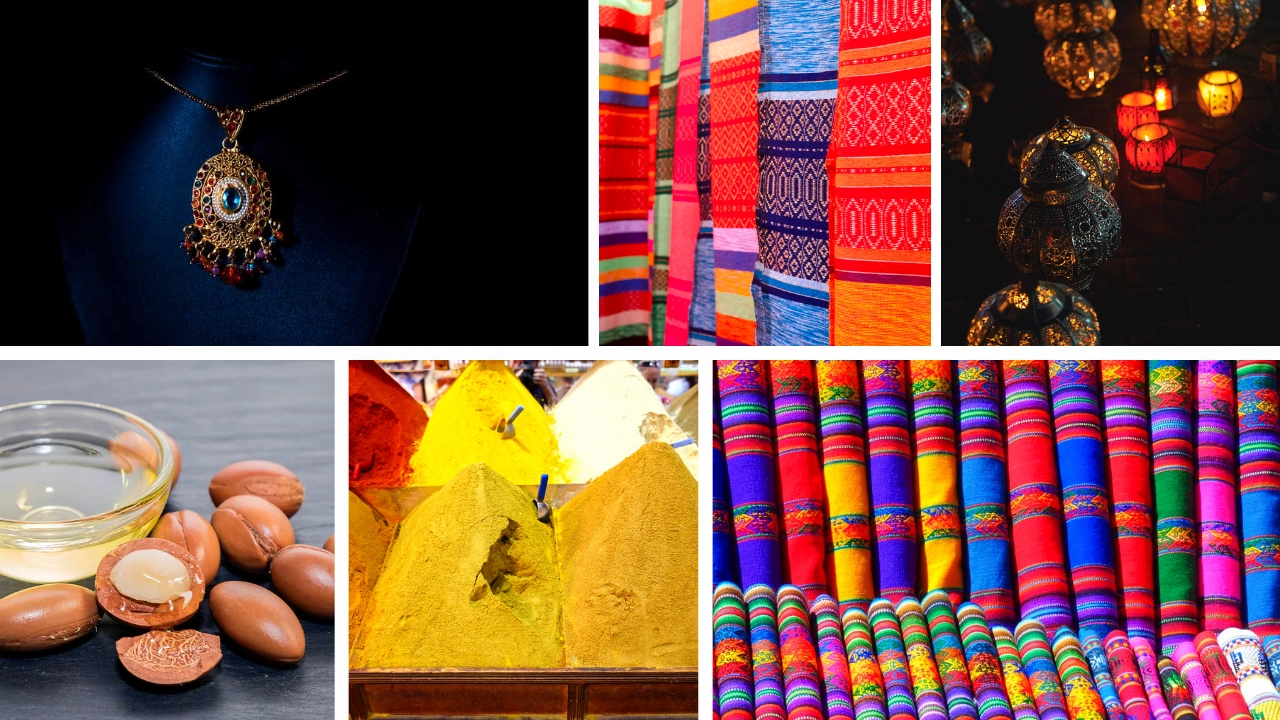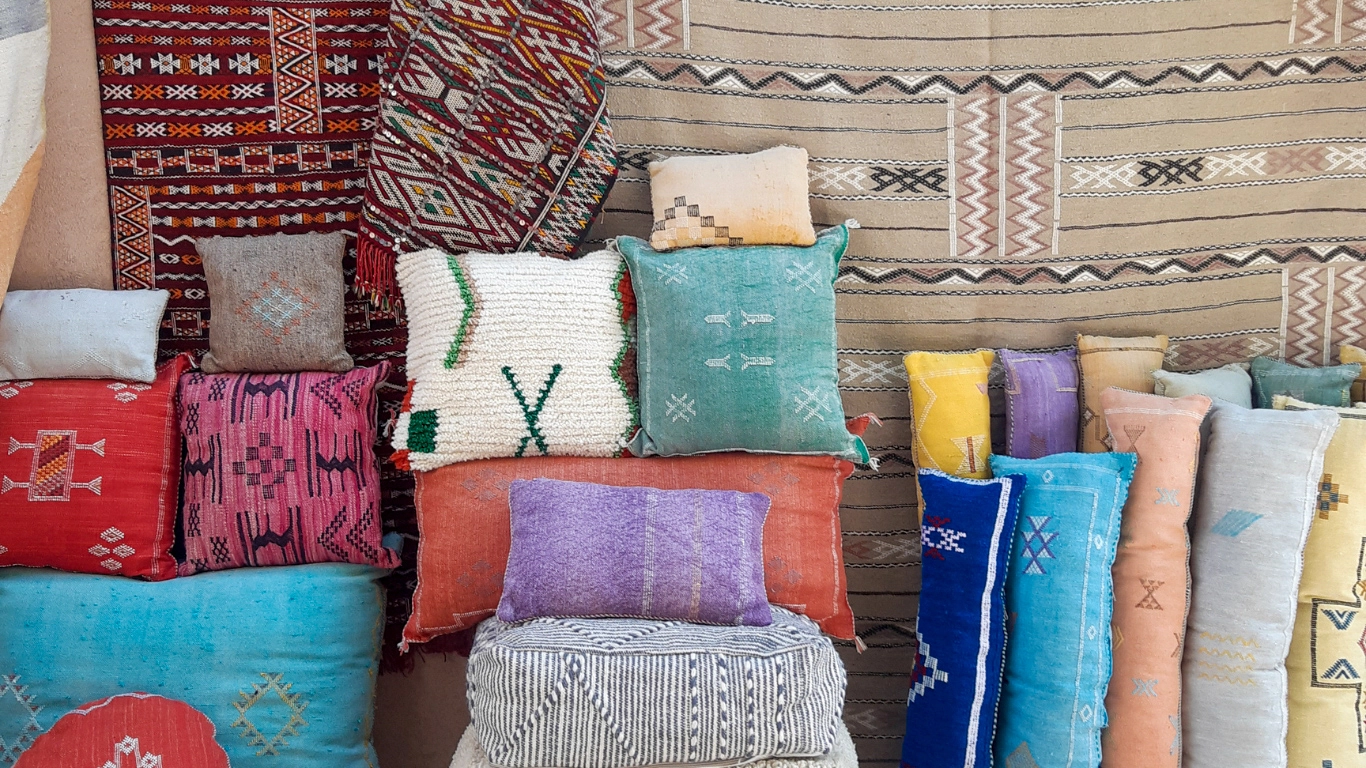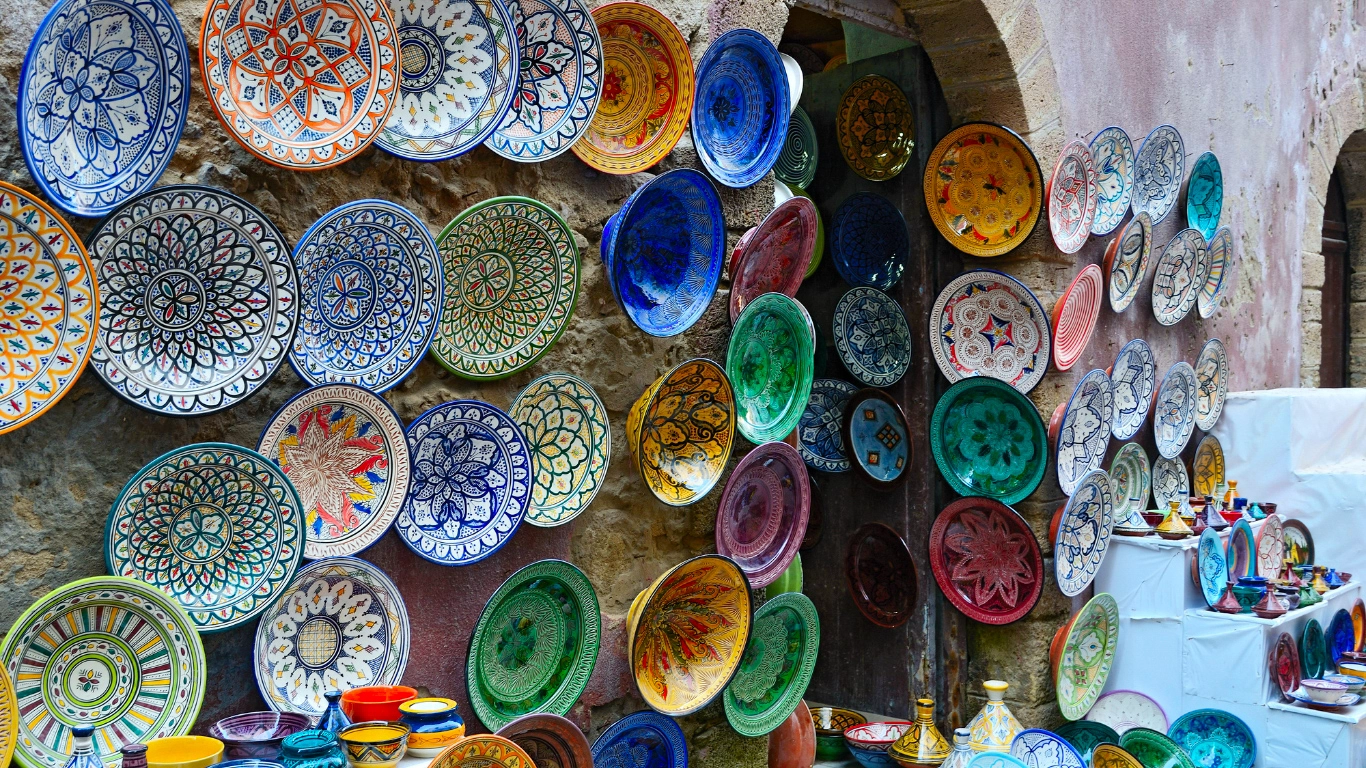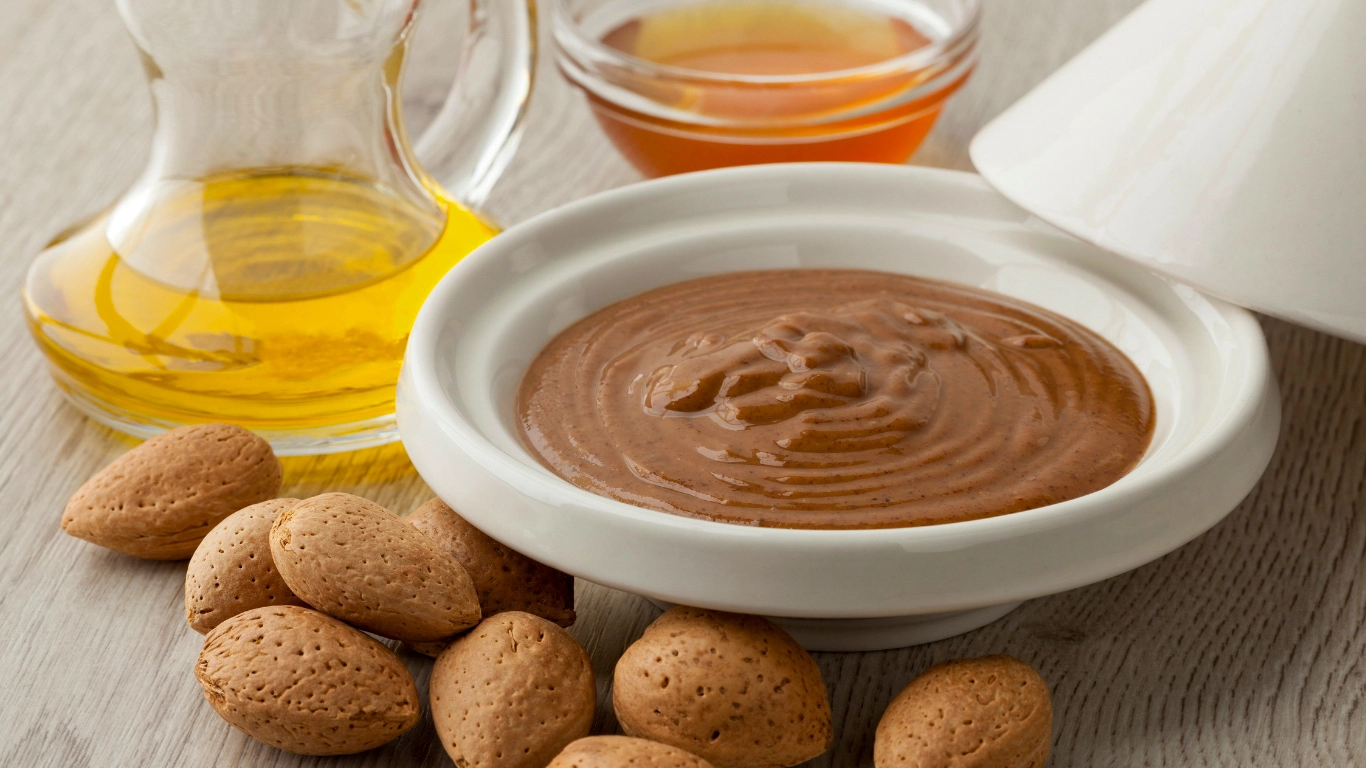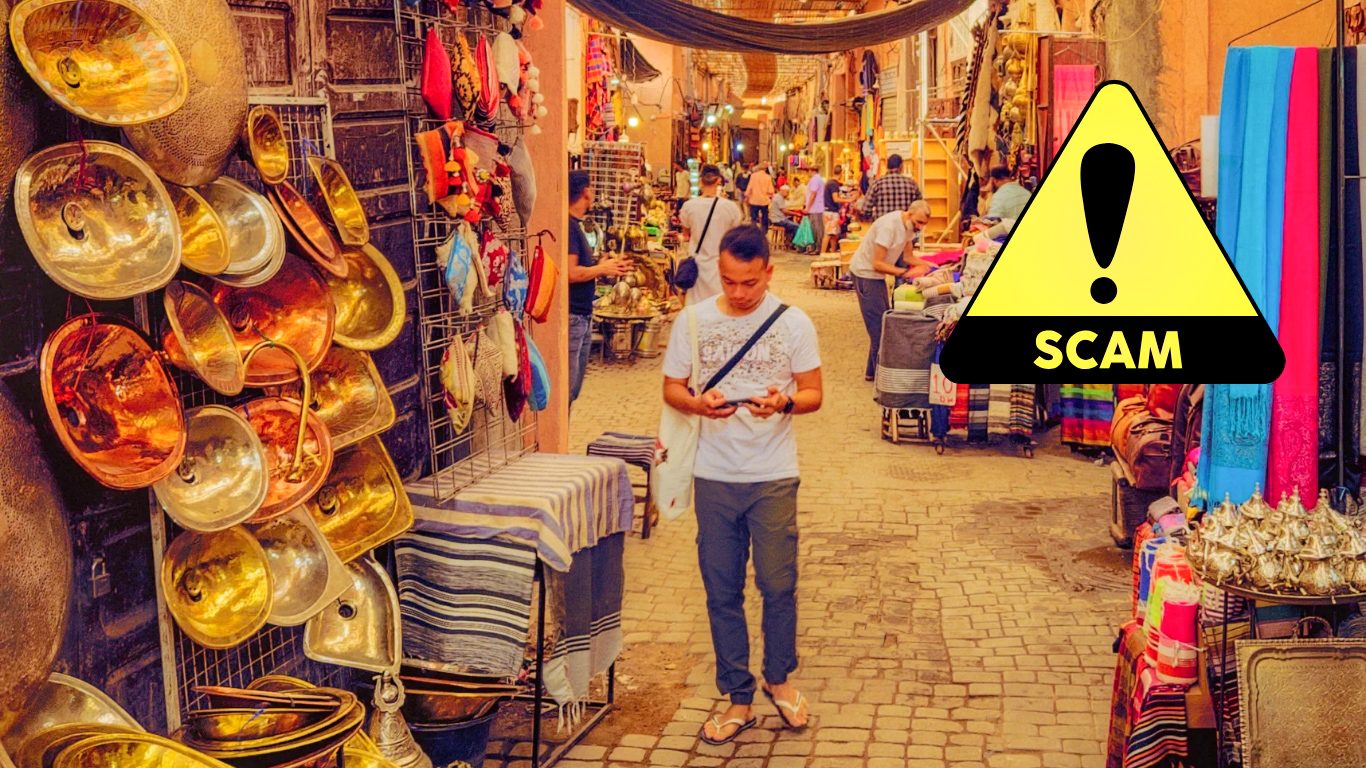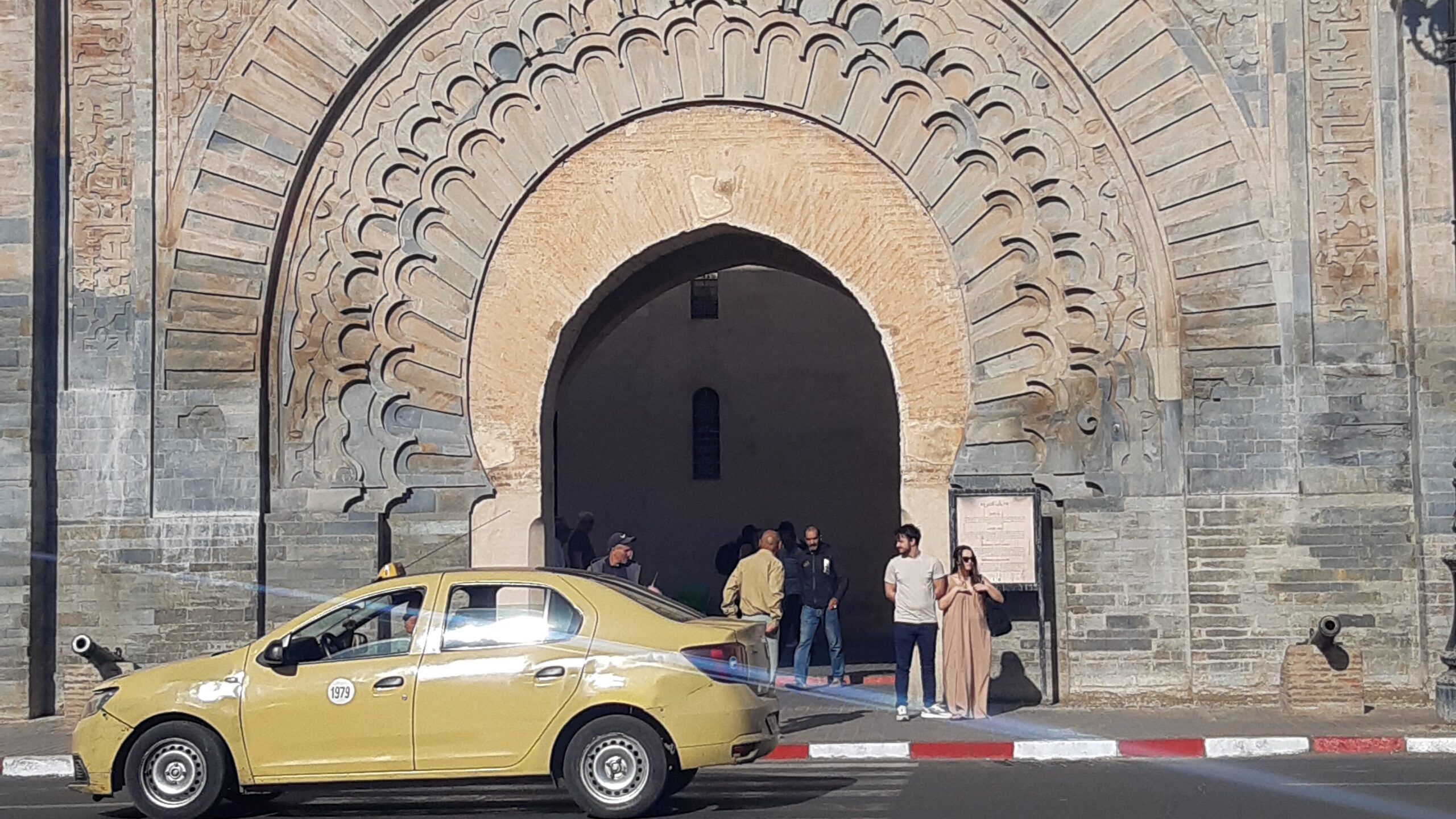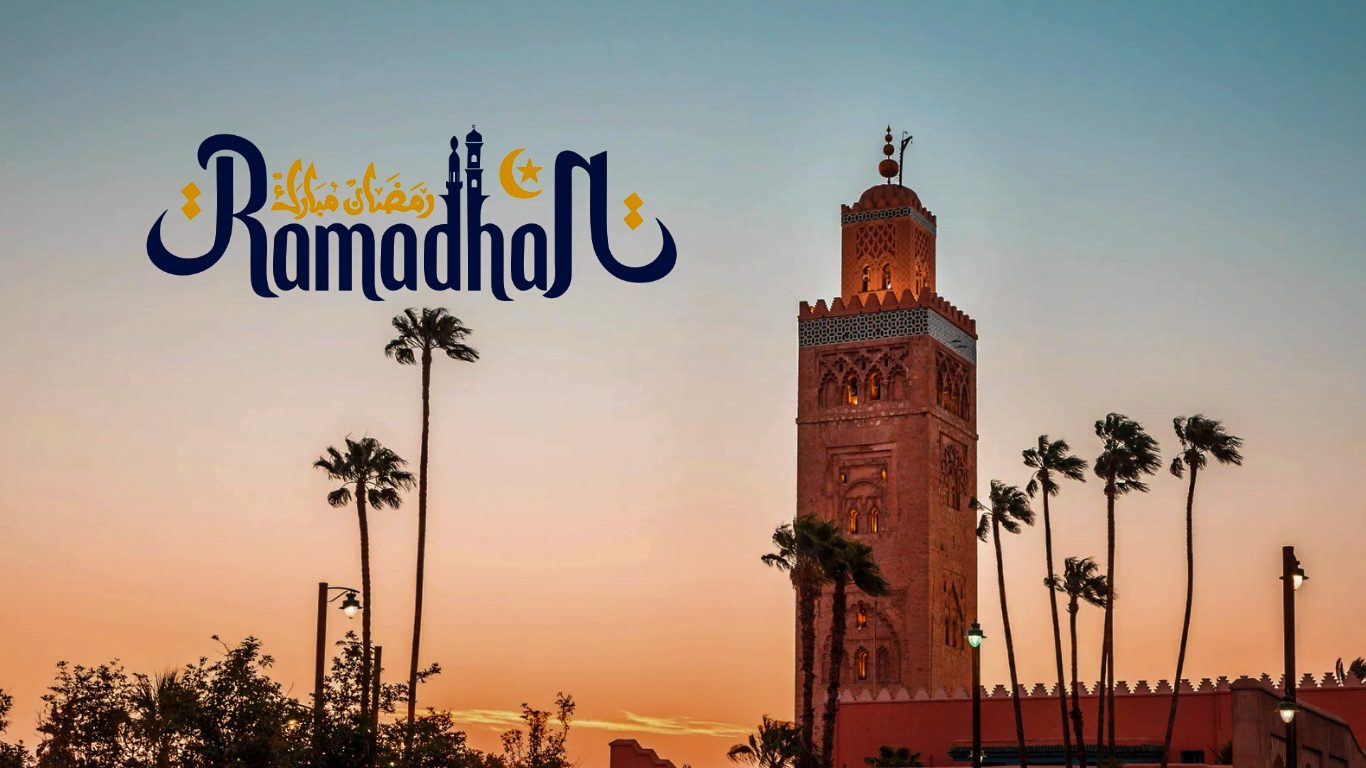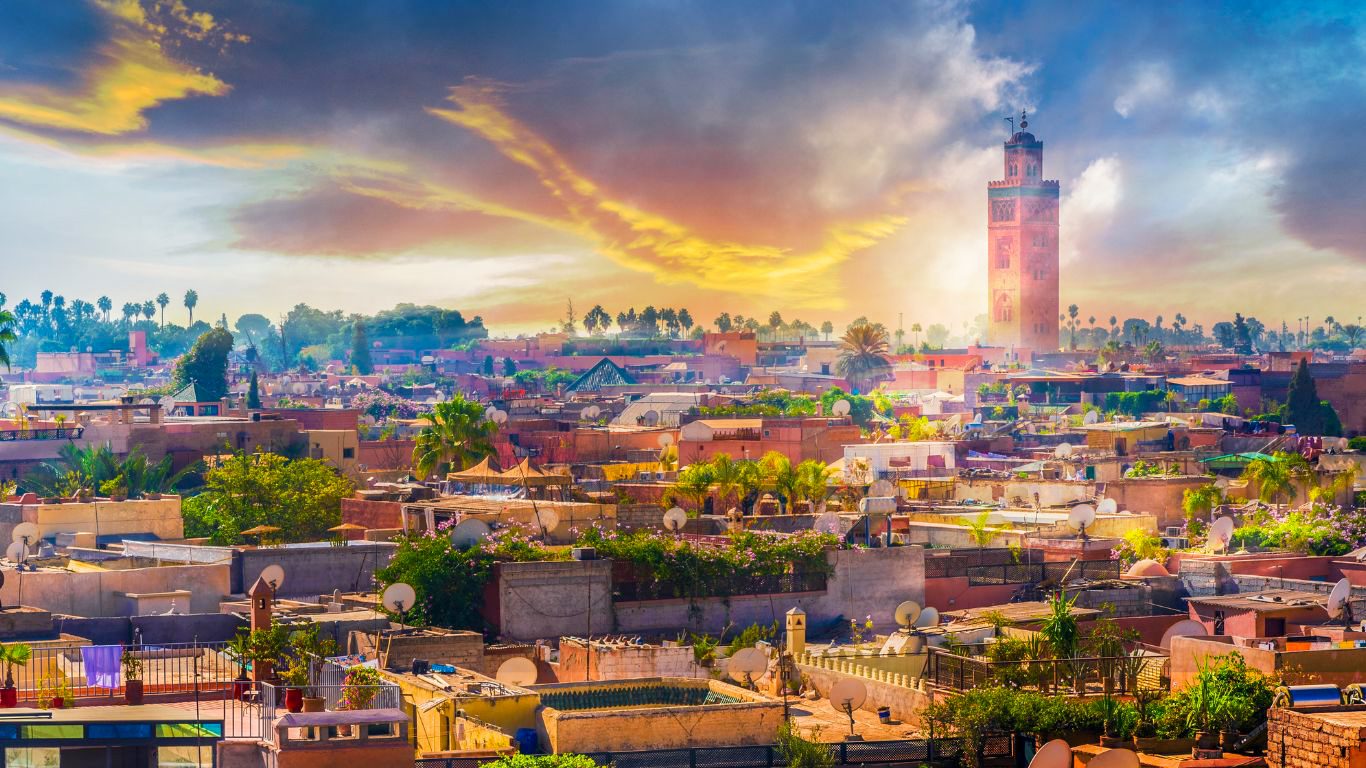What to Buy in Marrakech? Best Handcrafted Gifts to Bring Home
If you’re planning a trip to the vibrant city of Marrakech, get ready to embark on a sensory journey like no other.
As a local who has lived in Morocco my entire life, I bring firsthand experience in what to buy that offers you value for money.
From bustling souks filled with colorful textiles and spices to majestic palaces with intricate architecture, this Moroccan gem has something for everyone.
In this article, we’ll explore the must-buy items in Marrakech that will make your visit truly unforgettable.
So grab your shopping bags and let’s dive into the unique treasures awaiting you in this enchanting city!
Let Me Tell You About Colorful Fabrics in Marrakech
One of the things that truly stuck with me from my time in Marrakech was the fabrics — the colors, the textures, the stories behind them. It’s not just shopping… it’s like walking through living art.
The vibrant textiles you see in the souks aren’t just beautiful, they’re part of Morocco’s oldest traditions.
I remember running my hands over thick Berber rugs, watching the light catch on handwoven scarves, and falling in love with embroidered pillowcases I didn’t even know I needed.
Here’s what I learned along the way:
Rugs
If you ever get the chance, stop by a Berber rug shop. These aren’t just carpets — they’re handwoven stories from the mountains, each one different.
The patterns, the colors… it’s like each rug whispers a piece of the Amazigh culture.
Looking for something authentic to decorate your riad or holiday rental? A handmade Berber rug is the perfect touch.
Scarves & Shawls
I picked up a lightweight scarf for myself — breathable and soft, with the kind of design that makes you feel instantly stylish.
Locals use them for everything: fashion, head coverings, even to keep warm when it gets chilly at night.
Home Textiles
From table runners to bed throws, the home fabrics in Marrakech are a joy. I brought home a few pieces and every time I see them, they take me back to the colors and sounds of the medina.
Where to Buy?
Head to Souk Semarine for the full-on sensory experience. But if you want something truly special, find the smaller artisan stalls tucked in alleyways — that’s where I found the most meaningful pieces.
And if you’re staying in a traditional riad, some owners even offer custom-made textile shopping tours.
A Few Tips From Me to You:
- Touch everything. The feel of the fabric tells you a lot.
- Ask questions. Many sellers love to explain the meaning behind patterns.
- And yes — haggle a little. It’s expected, and honestly… it’s fun!
Whether you’re decorating your home, looking for gifts, or just want something beautiful to remember your trip by, these fabrics carry something more than just color — they carry soul.
So take your time, soak it all in, and maybe — like me — you’ll leave with more than just a souvenir.
Need a cozy place to sleep in the heart of the souks? Check out the most charming and affordable riads in Marrakech.
Best Services for an Unforgettable Trip
Airport Transfers
Private and comfortable transfers for the same price as a taxi — just $15!
Book NowThe Magic of Berber Rugs in Marrakech
If you ask me what truly brings a Moroccan home to life, I’d say — without hesitation — a Berber rug.
I still remember the first time I stepped into a rug shop in the medina. The walls were draped with colors and symbols I didn’t understand at the time, but somehow… they felt familiar.
The scent of wool, the softness under my hands, the stories the shopkeeper told — it felt like I was touching history.
Berber rugs aren’t just home decor. They’re the heartbeat of Moroccan craftsmanship, woven by hand with techniques passed down through generations.
Where They Come From
These rugs go way back — made by Berber tribes for centuries. What’s incredible is that each rug reflects the tribe’s region, the landscape, the beliefs.
It’s more than pattern — it’s identity. Some tell stories of love, some of protection, others of everyday life in the Atlas Mountains.
Types You’ll Come Across
- Authentic tribal rugs are earthy, geometric, and dyed with natural colors — reds from pomegranate, blues from indigo, yellows from saffron.
- Decorative pieces are more intricate and sometimes even symbolic — I once saw one with patterns that marked a woman’s journey into motherhood. Amazing, right?
Watching Them Come to Life
Some artisans still weave the traditional way — on looms in their homes or tiny workshops. The process is slow, calming, almost meditative.
A medium-sized rug can take weeks… and when you realize the time, skill, and patience behind each piece, the price starts to make perfect sense.
Where to Find One
- The Souk Semarine and the backstreets around Jemaa el-Fnaa are full of treasures — just take your time.
- But for something extra special, find an artisan’s atelier. I visited one outside the main souk, and seeing the loom in action made my rug ten times more meaningful.
Pro Tip: Want to support local women and get a one-of-a-kind rug? Ask your riad host for connections to trusted weavers. Many boutique hotels and traditional Moroccan accommodations partner with artisan communities.
My Tips (Learned the Fun Way!)
- Run your hands across the threads. Good rugs feel soft but sturdy.
- Don’t shy away from bargaining. It’s part of the dance — do it with a smile.
- Know your space. Take a quick measurement before you fall in love with something that won’t fit your living room.
Why They Matter
I didn’t just bring home a rug… I brought home a piece of Morocco. Every time I walk past it, I remember the people, the sounds of the souk, the stories whispered through wool.
If you’re ever in Marrakech, promise me you’ll take time to discover the world of Berber rugs — even if you don’t buy one, the experience itself is unforgettable.
A Sparkle of Marrakech – Discovering Moroccan Jewelry
Let me tell you about one of my favorite things in Marrakech — the jewelry!
It’s not just about something shiny to wear… it’s about history, identity, and stories whispered in silver and gold.
On my second day in the medina, I wandered into a tiny shop tucked between two spice stalls.
The owner, an old man with kind eyes, showed me a silver bracelet that his grandmother used to wear — every curve and engraving had a meaning. That’s when I realized: jewelry here isn’t just decoration… it’s heritage.
Types You’ll Fall in Love With
- Silver pieces are everywhere — engraved, delicate, and often set with colorful stones. They’re timeless.
- Berber jewelry? Oh, it’s bold and beautiful! Big, symbolic, and full of character — like the women who wear it.
- Gold jewelry is the real showstopper — especially for weddings. Ornate, glowing, and a bit royal-feeling. I saw a bride in the Medina once, dripping in gold… unforgettable.
Looking to impress someone special back home? A handmade necklace from Marrakech beats airport souvenirs every time.
Where to Find These Gems
- In the souks: Follow the winding alleys, and you’ll stumble upon little shops filled with treasures. Don’t be shy — ask questions, touch things, try them on.
- Ensemble Artisanal are even more special. I once sat for an hour watching a craftsman shape a ring from scratch. The patience… the precision… it was art in motion.
A Few Friendly Tips
- Ask about the materials. Especially if you’re buying silver — look for a hallmark or ask directly.
- Bargain, but do it kindly. It’s not about fighting for a price — it’s a conversation, a bit of fun.
- Look deeper. Many designs carry meaning — symbols of protection, love, or fertility. When you know the story, the piece becomes even more precious.
Why I Love It So Much
I came home with a pair of earrings that remind me of the Atlas Mountains. I wear them when I miss Morocco — and suddenly, I’m back there: the call to prayer in the distance, the colors of the souk, the smell of orange blossom.
So if you’re in Marrakech, don’t skip the jewelry. Even if you don’t buy anything, let yourself get lost in the sparkle, the stories, and the smiles.
You just might find a piece of Morocco you’ll never want to take off.
The Magic of Clay – Discovering Pottery in Marrakech
You know that feeling when you touch something and feel the hands that made it? That’s exactly what happened to me in Marrakech when I picked up my first hand-painted bowl.
Still warm from the sun, smooth, and full of character — Moroccan pottery isn’t just beautiful, it breathes history.
I was wandering near the Koutoubia when I stumbled upon a little pottery shop. The colors pulled me in — blues like Chefchaouen skies, earthy reds, and bright saffron yellows.
The shopkeeper told me each piece takes days to finish, sometimes weeks. It’s not just work — it’s love, patience, and tradition passed down for generations.
Some top-rated guesthouses in Marrakech serve meals in traditional pottery — a great way to preview what you might want to bring home!
So What Can You Find?
- Tagine pots: These aren’t just souvenirs — they cook! I bought a small one and tried a chicken tagine at home. Let’s just say it wasn’t exactly Marrakech… but the smell brought back memories.
- Plates and bowls: Hand-painted and glowing with geometric or floral patterns. They make any meal feel like a celebration.
- Decorative pieces: Vases, wall tiles, candle holders — little bursts of Moroccan charm that somehow fit perfectly even on a modern shelf.
Where to Find These Clay Treasures
- Around Place de la Koutoubia, you’ll find shops with pottery stacked high, inside and out.
- But if you can, visit an artisan workshop. Watching them spin the wheel or carefully paint a tile — it gives you a whole new appreciation. I even tried painting one. (Spoiler: it was awful. But fun!)
Tips from a Friend Who Learned the Hard Way
- Check the glaze — run your fingers over the piece, feel the weight. It should be sturdy, not flimsy.
- Ask questions — most sellers love to explain how it was made, where the clay came from, or what the pattern means.
- And yes, bargain! With a smile, of course — it’s expected, and half the fun.
Why I Took a Bowl in My Backpack
That bowl I bought? It sits in my kitchen now, holding fresh lemons.
Every time I see it, I remember the dusty street, the laughter of the potter, and the joy of discovering something handmade.
So if you’re in Marrakech, don’t just look — touch, ask, and take a little clay story home with you.
A Pinch of Marrakech – My Spicy Adventure in the Medina
The moment I stepped into the spice corner of Jemaa el-Fnaa, the air changed. It wasn’t just the scent — it was the feeling.
A warm breeze carried whispers of saffron, cumin, cinnamon… and suddenly I was hungry, curious, and a little enchanted.
Some authentic Moroccan stays offer cooking classes where you’ll learn how to use these spices — and where to find the best ones.
Let me tell you — spices in Marrakech aren’t just ingredients. They’re stories in powder form. Every jar is a chapter, every smell a memory.
A Taste of Morocco in Five Spices
- Saffron: The red gold. Delicate threads that turn broth golden and fragrant. Expensive, yes — but one tiny pinch transforms a dish. I bought mine from a woman near Koutoubia who swore her village still picks it by hand at dawn.
- Cumin: Earthy, bold, and essential. A must-have for tagines, grilled veggies, even lentils. I sprinkle it on everything now.
- Cinnamon: Not the kind you’re used to. Moroccan cinnamon dances between savory and sweet — try it in pastilla (yes, pigeon pie!) and you’ll never see cinnamon the same way.
- Ginger: Spicy but comforting. Great in tea, soups, even with lamb. Locals swear by its health benefits too.
- Chili Pepper: Adds just enough heat to make you wake up — especially in harissa or spicy sauces.
Where Did I Find the Best Spices?
- Jemaa el-Fnaa: A sensory overload in the best way. Tiny spice pyramids, scoops in wooden bowls, and friendly banter everywhere.
- Specialty spice shops: A bit quieter, more curated. I found a tiny store behind a lantern stall — the vendor let me sniff, taste, and blend my own mix.
From One Traveler to Another – My Tips
- Smell before you buy: The aroma should hit you instantly — if it doesn’t, it’s probably old.
- Ask questions: Vendors love to share what each spice is for. One even taught me how to brew mint tea with ginger the Berber way.
- Don’t be shy to bargain: Smile, take your time, and enjoy the ritual. It’s half the fun.
What I Took Home (Besides a Suitcase that Smelled Like Curry)
I now have little glass jars lined up in my kitchen.
When I cook, I travel. A spoon of ras el hanout and I’m back in that bustling alley, laughing with the spice vendor while dodging a donkey cart.
So if you’re in Marrakech — follow your nose. Let it lead you to flavors you’ve never known and people you’ll never forget.
My Argan Oil Story – A Golden Drop from Morocco
If there’s one thing I had to bring back from Marrakech — aside from the memories, colors, and mint tea addiction — it was argan oil.
I’d heard about it before, of course. Instagram swears by it. But nothing prepared me for the real thing — golden, nutty, silky — sold by smiling women in colorful scarves who know exactly what they’re talking about.
One of the best parts of my trip to Marrakech? Hands down: the leather.
Seriously, before I went, I thought leather was just… leather. But here? It’s an art. It’s a story. It’s heritage stitched into every bag, shoe, and belt.
From the Tannery to the Souk
You’ll smell it before you see it — that strong, earthy scent of leather being dyed and dried in the ancient tanneries.
I visited one tucked away in the old medina (bring a scarf — trust me!), where locals still use age-old techniques to soften, treat, and color the hides.
Watching it happen in real-time made me appreciate the craft so much more.
Pro Tip: Many authentic riads in the medina are within walking distance of leather workshops — perfect for a morning stroll followed by a purchase.
What I Fell in Love With
- Bags: I picked up a soft, chestnut-brown shoulder bag that ages like a fine wine. There were travel bags, clutches, even little coin purses. Each piece felt personal.
- Shoes: The babouches! Those classic Moroccan slippers. I got a pair in mustard yellow — they’re comfy and somehow go with everything.
- Belts & Wallets: So many designs — engraved, stitched, dyed in deep reds and indigos. I got a belt with hand-tooled patterns that gets compliments all the time.
Tips from One Shopper to Another
- Touch everything — real leather feels soft but strong. Fake ones feel too stiff or too shiny.
- Check the stitching — handmade pieces have a character to them.
- Haggle (kindly) — it’s part of the fun! Don’t worry, sellers expect it. Smile, chat, offer your price — it’s like a dance.
- Look for workshops — I visited one where I saw a guy hand-stitching a wallet, and I ended up buying it on the spot. You just feel the love that went into it.
A Souvenir You’ll Actually Use
Unlike fridge magnets or keychains, leather pieces from Marrakech stay with you.
Every time I use that bag, it brings me back to the narrow alleys, the sound of hammers tapping, and the scent of spices in the air.
If you’re looking for something authentic, practical, and full of soul — leather is it.
Go explore the souks, follow your nose, and don’t be afraid to get a little lost.
The Leather Souks of Marrakech – My Favorite Treasure Hunt
One of the best parts of my trip to Marrakech? Hands down: the leather.
Seriously, before I went, I thought leather was just… leather. But here? It’s an art. It’s a story. It’s heritage stitched into every bag, shoe, and belt.
From the Tannery to the Souk
You’ll smell it before you see it — that strong, earthy scent of leather being dyed and dried in the ancient tanneries.
I visited one tucked away in the old medina (bring a scarf — trust me!), where locals still use age-old techniques to soften, treat, and color the hides.
Watching it happen in real-time made me appreciate the craft so much more.
Pro Tip: Many authentic riads in the medina are within walking distance of leather workshops — perfect for a morning stroll followed by a purchase.
What I Fell in Love With
- Bags: I picked up a soft, chestnut-brown shoulder bag that ages like a fine wine. There were travel bags, clutches, even little coin purses. Each piece felt personal.
- Shoes: The babouches! Those classic Moroccan slippers. I got a pair in mustard yellow — they’re comfy and somehow go with everything.
- Belts & Wallets: So many designs — engraved, stitched, dyed in deep reds and indigos. I got a belt with hand-tooled patterns that gets compliments all the time.
Tips from One Shopper to Another
- Touch everything — real leather feels soft but strong. Fake ones feel too stiff or too shiny.
- Check the stitching — handmade pieces have a character to them.
- Haggle (kindly) — it’s part of the fun! Don’t worry, sellers expect it. Smile, chat, offer your price — it’s like a dance.
- Look for workshops — I visited one where I saw a guy hand-stitching a wallet, and I ended up buying it on the spot. You just feel the love that went into it.
A Souvenir You’ll Actually Use
Unlike fridge magnets or keychains, leather pieces from Marrakech stay with you.
Every time I use that bag, it brings me back to the narrow alleys, the sound of hammers tapping, and the scent of spices in the air.
If you’re looking for something authentic, practical, and full of soul — leather is it.
Go explore the souks, follow your nose, and don’t be afraid to get a little lost.
Tea Time in Marrakech – More Than Just a Drink
Let me tell you something I didn’t expect before coming to Marrakech: green tea isn’t just a drink here — it’s a ritual.
From the moment I stepped into a riad in Marrakech, someone handed me a little glass of mint tea. Hot, sweet, fragrant — and served with a smile that made me feel instantly welcome.
A Cup Full of Culture
They call it atay. It’s usually green tea with fresh mint and a lot of sugar (you can always ask for less). But it’s not just about the taste — it’s how it’s served.
The way they pour it from up high into tiny glasses with foam on top — it’s part of the experience. I watched my host make it with such care, almost like a ceremony.
More Than Refreshing
I drank it at breakfast, after meals, and during chats in the souks of Marrakech. Here’s why I started to love it:
- It gives you a gentle energy boost without that coffee crash.
- It’s soothing after all the tagines and couscous.
- Locals say it helps digestion and clears the mind.
Want to Take Some Home?
You’ll find green tea almost everywhere — from markets like Jemaa el-Fnaa to little herb shops tucked in alleys. I recommend picking up:
- Chinese gunpowder tea (it’s the base used here)
- Dried mint leaves (to mix at home)
- Maybe even a traditional teapot and glasses if you want the full vibe
A Souvenir With Soul
What I love most is that every time I make it back home, I remember the warm afternoons on rooftop terraces, the sound of call to prayer in the distance, and how a simple cup of tea made me feel at home in a faraway city.
So when you’re in Marrakech — don’t just buy the tea. Drink it. Share it. Let it slow you down.
And if someone offers you a glass — never say no. It’s their way of saying, “Welcome, my friend.”
Amlou – The Moroccan “Nutella” You Didn’t Know You Needed
If there’s one thing I couldn’t stop eating in Marrakech, it’s Amlou. Think of it as Morocco’s answer to Nutella — but healthier, richer, and packed with love.
The first time I tried it was during breakfast at a small riad. They brought fresh khobz (bread) and a little bowl of what looked like peanut butter.
But the moment I dipped in… wow. Sweet, nutty, velvety — it was almonds, honey, and argan oil blended together in perfect harmony.
Where It Comes From
Amlou has roots in the Amazigh (Berber) communities of southern Morocco.
They’ve been making it for generations using what the land gives them — roasted almonds, raw honey, and that famous golden argan oil.
It’s a symbol of generosity and is almost always served when guests come over. If someone offers you Amlou, know they’re treating you like family.
Why I Fell in Love With It
Beyond the taste (which is reason enough), here’s what makes it special:
- It’s full of good fats and vitamin E — great for your heart and skin.
- It gives you lasting energy — perfect for a busy day exploring souks.
- It’s all natural — no weird ingredients.
Bringing Amlou Home
I couldn’t leave Marrakech without a jar (okay, three). You’ll find it in:
- Souks like Jemaa el-Fnaa — just follow the sweet smell!
- Shops that sell argan oil or natural products
- Cooperative stalls run by women in the Medina — my favorite!
Tips Before You Buy
- Taste it first! Good Amlou has a deep almond flavor and isn’t too runny or too thick.
- Ask what nuts were used — some versions use peanuts instead of almonds (still tasty, but different).
- Store it away from heat and light — and hide it from your friends if you don’t want to share.
One Bite, and You’re Hooked
Honestly, every time I open the jar at home and spread it on toast, I’m instantly transported back to those quiet Marrakech mornings, sitting in a tiled courtyard with birds chirping and mint tea steaming beside me.
So when you’re shopping in Marrakech, don’t skip Amlou. It’s not just food — it’s a memory in a jar.
Let There Be Lanterns – Marrakech’s Magic in a Glow
If I had to pick one thing that truly captures the soul of Marrakech, it would be the lanterns.
You’ll see them everywhere — glowing softly in narrow alleyways, dancing with light in riads, or hanging like jewels in the souks. And the moment the sun begins to set, they turn the city into a fairytale.
The first night I arrived, I wandered into a small courtyard café near the Medina.
Lanterns of all shapes and colors lit up the space — amber light flickering through hand-pierced metal and stained glass, casting shadows like lace on the walls. I sat there sipping mint tea, completely enchanted.
More Than Just Decor
Lanterns here aren’t just about light — they’re about atmosphere, hospitality, and centuries of craftsmanship.
Most are made by hand using brass, copper, or iron, and every little cut or color tells a story.
They’ve been part of Moroccan homes for generations, and even today, no traditional space feels complete without one.
So Many Kinds to Fall in Love With
- Classic metal lanterns — rustic, carved with floral or geometric patterns. When lit, they throw magic onto your walls.
- Glass lanterns — some with vivid reds, greens, and blues that make any corner feel like a cozy dream.
- Mosaic lanterns — bursting with color and character, perfect for adding a bold statement.
- Hanging lanterns — the kind that swing gently in patios or riads, catching the breeze and the light.
Where I Found My Favorite One
The best part? You don’t have to look far. In the Souk Semmarine, it’s a lantern-lover’s heaven — stall after stall, glowing with options.
But if you want something truly special, peek into an artisan’s workshop. I visited one tucked behind a spice stall, and watched a craftsman carve patterns into brass with the focus of a poet.
Tips From Experience
- Run your fingers over the metal — the cuts should feel smooth and detailed, not rushed.
- Ask where the lantern was made. Many sellers are happy to tell you if it came from Fez, Marrakech, or a family-run atelier.
- Think about your space back home — I picked a smaller table lantern that now lives on my balcony, and every time I light it, it takes me back.
A Little Marrakech You Can Carry Home
Buying a lantern in Marrakech isn’t just a souvenir — it’s taking a piece of the city’s warm, timeless glow with you.
Whether you hang it indoors or out, light a candle inside or simply admire its design, it brings a little of that Marrakech magic into your everyday life.
Conclusion
In conclusion, Marrakech offers a plethora of unique and exciting items to buy that will truly capture the spirit of this vibrant city.
From colorful textiles and intricate jewelry to aromatic spices and traditional ceramics, there is something for everyone in the bustling markets and souks of Marrakech.
So, whether you’re looking to bring home a piece of Moroccan culture or simply indulge in some retail therapy, be sure to explore all that Marrakech has to offer during your visit.
Happy shopping!

